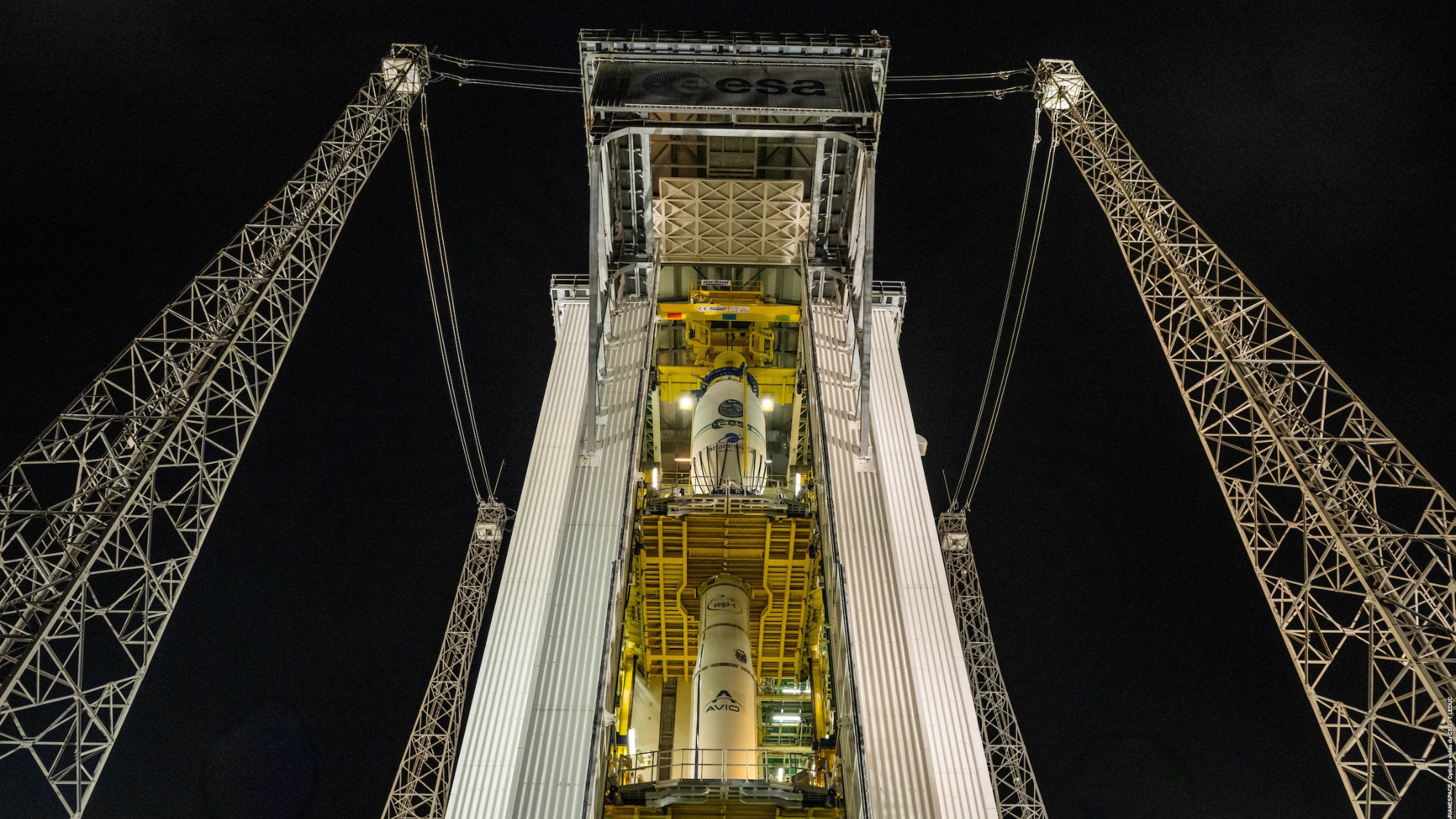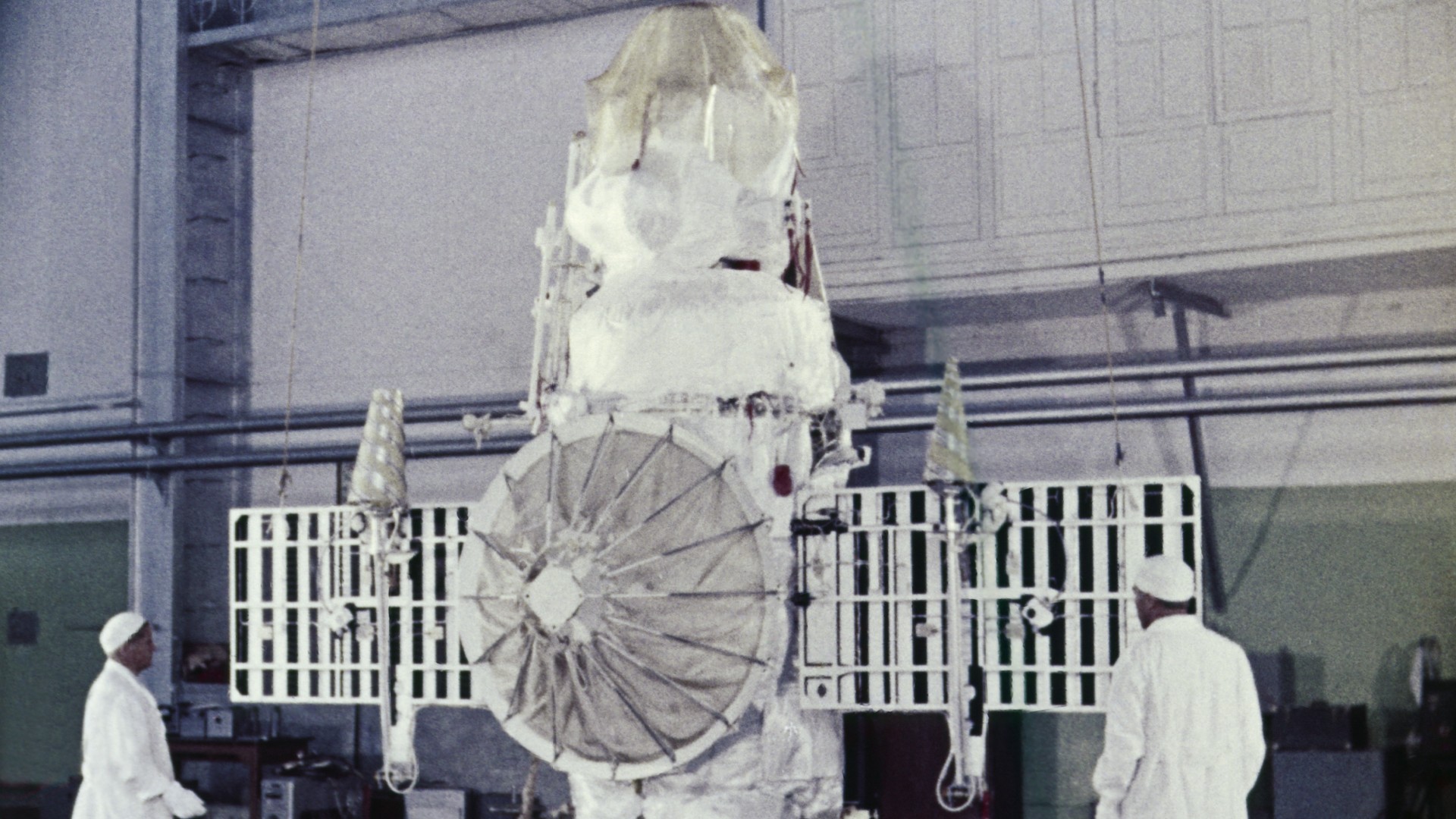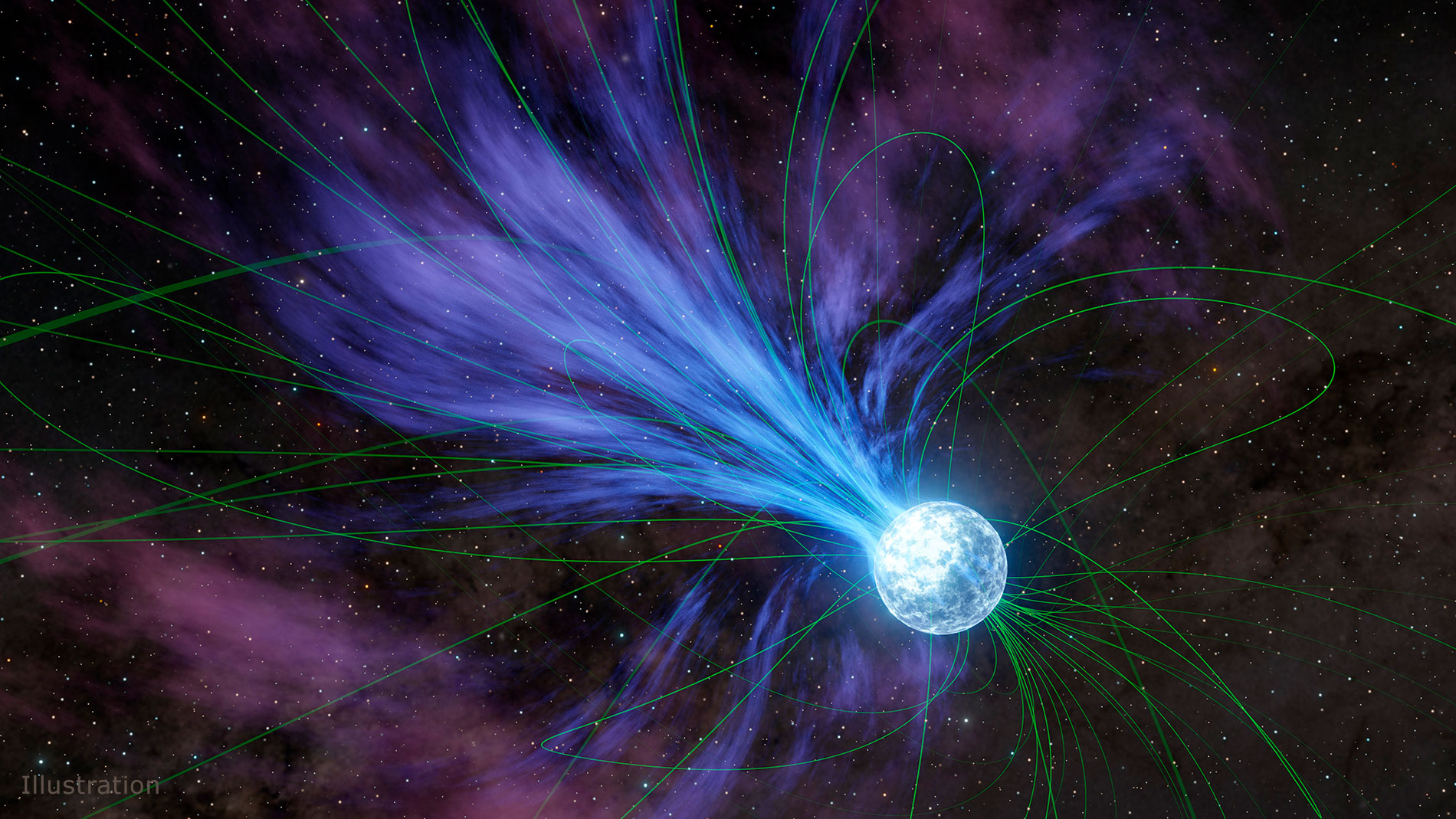NASA spots 'nanojets' on the sun that may solve hot solar mystery (video)
See amazing sun views from NASA's IRIS space observatory.
Scientists might have zeroed in on the phenomenon that heats the sun's outer atmosphere, or corona, to mind-bogglingly hot temperatures.
NASA's Interface Region Imaging Spectrograph (IRIS) spacecrafthas captured the first clear images of nanojets, which are bright thin lights that move perpendicular to magnetic structures in the solar atmosphere. These jets, in turn, show the existence of nanoflares, which are believed to drive coronal heating on the sun, which can reach over a million degrees Fahrenheit.
Nanoflares are small, but move rapidly and are difficult to spot on the bright sun. Researchers saw the bright jets on April 3, 2014 during a "coronal rain event." This occurred when cooled plasma (superheated gas) fell from the corona to the much cooler surface of the sun.
Related: The sun's wrath: The worst solar storms in history

"Nanojets are considered a 'smoking gun,' key evidence of the presence of nanoflares," NASA said in a statement. "Each nanojet is believed to be initiated by a process known as magnetic reconnection, where twisted magnetic fields explosively realign. One reconnection can set off another reconnection, creating an avalanche of nanojets in the corona of the sun, a process that could create the energy that is heating the corona."
More studies are planned to learn how often nanojets and nanoflares occur, and how much energy they dump into the solar corona.
Two missions are peering at the sun up close, including NASA's Parker Solar Probe and the European Space Agency's Solar Orbiter. The hope is that by imaging the poles and dipping close to the sun, as these spacecraft will allow researchers to do, we will learn more about the processes that heat the solar corona.
Get the Space.com Newsletter
Breaking space news, the latest updates on rocket launches, skywatching events and more!
A study based on the research was published in Nature Astronomy on Sept. 21
Follow Elizabeth Howell on Twitter @howellspace. Follow us on Twitter @Spacedotcom and on Facebook.
Join our Space Forums to keep talking space on the latest missions, night sky and more! And if you have a news tip, correction or comment, let us know at: community@space.com.

Elizabeth Howell (she/her), Ph.D., was a staff writer in the spaceflight channel between 2022 and 2024 specializing in Canadian space news. She was contributing writer for Space.com for 10 years from 2012 to 2024. Elizabeth's reporting includes multiple exclusives with the White House, leading world coverage about a lost-and-found space tomato on the International Space Station, witnessing five human spaceflight launches on two continents, flying parabolic, working inside a spacesuit, and participating in a simulated Mars mission. Her latest book, "Why Am I Taller?" (ECW Press, 2022) is co-written with astronaut Dave Williams.
-
Ed Stauffer Picture a stream of fast moving dark energy headed for the sun. When the velocity of the stream and the gravity reach a zero G equivalent the dark matter flashes to dark energy creating nano flares. The dark energy being out of the sweet spot absorbs heat from the surface of the sun and reverts to dark matter. Now look at the surface of the sun below the flares.Reply









